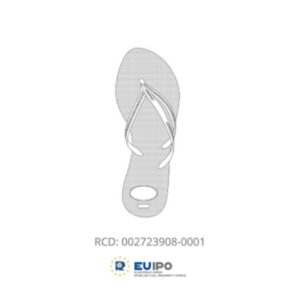When filing your trade mark it is important that you are up to date with the entire process, from your marks and classifications all the way through to the examination and registration of your mark. This article is part one of a series looking at the examination process as a whole.
Following the UK leaving the EU, the Court of Justice of the European Union case law issued that all Trade Mark matters are retained under Section 6 of the Withdrawal Act.
Within these set of rulings, it is often found that an example of registrable/unregistrable marks are given to further explain the process/reasoning behind the examination. What can and cannot be included is important for those to gather an understanding as to the process. It should be noted that these decisions are inherently subjective therefore the guide should not be applied rigidly. Each mark that is examined should be regarded by their own merits and not a “one judgment fits all” approach.
The purpose of the guide, not only for the reference for new trade mark owners, is also helpful for the examiners to have an idea of a guide and procedures for the examining process. A guideline of registrability makes the process and decisions reputable and valid. The guide further aids understanding as to when objections should or should not be issued and also ways to mitigate.
In short, the examination process of a mark follows the filing of a new mark. A mark is filed, and a filing date is assigned. From there a trade mark examiner will look at the mark and examine to whether the mark meets the requirements of a registrable trade mark. This is known as the Absolute grounds. If a mark fails to comply to absolute grounds then the mark is inherently refused. Once the mark has passed this stage, the mark is then passed onto the publication stage. This is where third parties can oppose your application under Relative Grounds (if they deem your mark to infringe on their earlier rights). All being well, once your mark passes this stage of the application process then you will be issued a certificate for your mark.
The Trade Mark Act Sections for examination will be explored in later parts for this series.
Further information on the Examination Guide can be found here:
If you have any questions regarding trade marks then please do not hesitate to contact the Trademarkroom team today.











